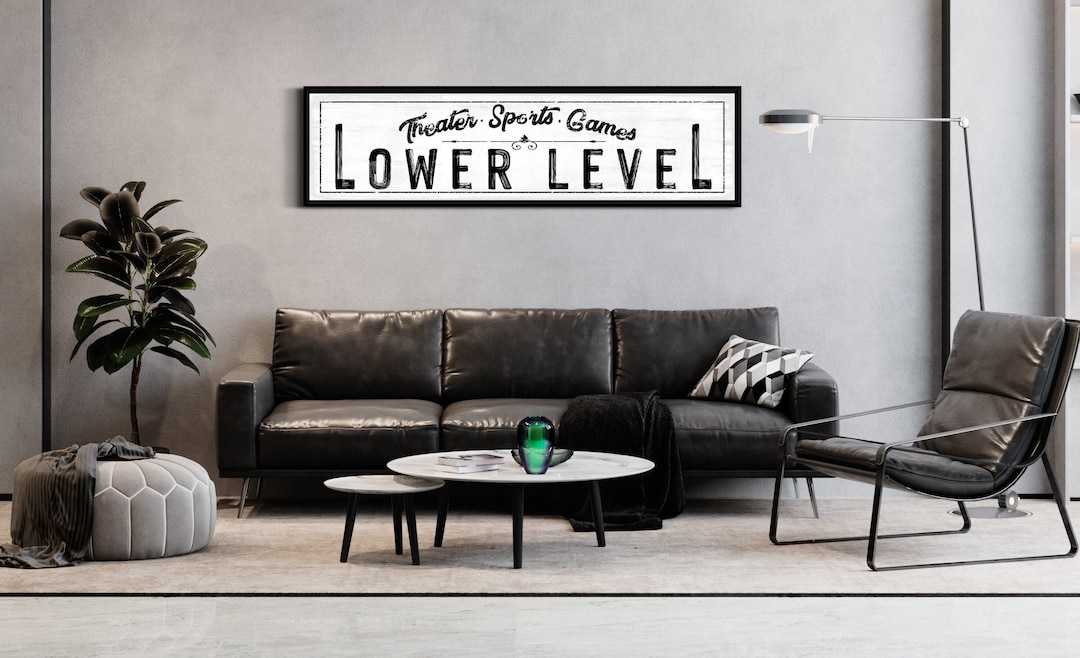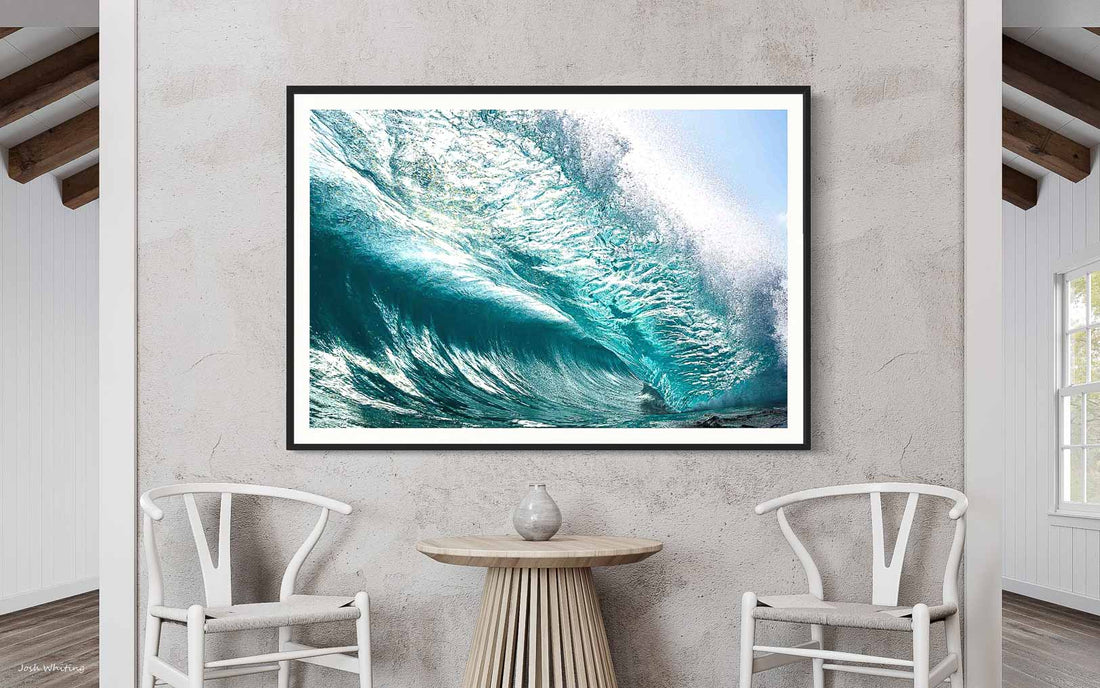Textile Wall Art for Large Spaces: A Photographer's Guide
As a professional photographer, you understand the transformative power of imagery. But what happens when the canvas extends beyond the frame, enveloping entire walls and altering the very atmosphere of a space? Textile wall art for large spaces offers an innovative and captivating solution, one that not only enhances spatial aesthetics but also provides a unique medium for showcasing your photographic work.
Incorporating textile wall art into expansive environments can revolutionize how your art is perceived, drawing viewers into a tactile and immersive experience. This article delves into the art and science of using textile wall art to fill large spaces, providing insights and inspiration tailored to professional photographers.

The Appeal of Textile Wall Art
Textile wall art presents a fascinating blend of texture, color, and dimension. Unlike traditional prints, textiles offer a depth and warmth that can transform the feel of a room. For photographers, this medium allows for a new way to display images, where textures can complement the subject matter, adding layers of meaning and engagement.
Creating a Statement with Size
One of the primary benefits of textile wall art is its ability to scale. Large spaces often demand large art pieces, and textiles can be customized to fit any dimension. Whether it's a sprawling landscape photograph or an intricate portrait, textile art ensures your work makes a commanding statement in any room.
Texture and Depth
The tactile nature of textiles adds a rich layer of depth to your images. The interplay of light on different fabric textures can bring out nuances in your photography that might otherwise go unnoticed. This can be particularly effective for photographs that play with shadows and highlights.
Choosing the Right Textile for Your Art
Not all textiles are created equal, and selecting the right fabric is crucial to the success of your wall art. Considerations include the weight, weave, and colorfastness of the fabric. For photographers, it's essential to choose textiles that will not only complement your images but also withstand the test of time.
Silk and Satin
For a luxurious and glossy finish, silk and satin can elevate your photography to new heights. These fabrics are ideal for images that benefit from a sheen, such as portraits or fashion photography.
Linen and Cotton
Offering a more matte and rustic finish, linen and cotton are perfect for landscapes and natural scenes. Their texture can add an organic feel to your photos, enhancing the natural elements within them.
Installation Tips for Textile Wall Art
Once you've selected the perfect textile, the next step is installation. This process can significantly impact how your art is perceived, so it's crucial to get it right.
Framing and Hanging
While some textile art can be hung as is, others benefit from framing. A well-chosen frame can add a sense of structure to your textile art, ensuring it fits seamlessly into the space.
Lighting Considerations
Lighting plays a vital role in highlighting the textures and colors of textile wall art. Consider using spotlights or natural light to enhance the visual impact of your work.
Integrating Textile Art with Other Media
Textile wall art doesn't have to stand alone. Combining it with other photographic displays can create a cohesive and dynamic environment. Consider pairing textiles with traditional framed prints or digital displays for a multi-layered artistic experience.
Creating a Cohesive Display
For ideas on how to integrate various forms of art into a single display, check out the blog on creating cohesive family photo wall displays. This resource offers valuable insights on achieving balance and harmony in your art installations.
Personal Storytelling Through Art
Using textile art as a medium for personal storytelling can add a unique narrative layer to your work. Explore the blog on personal storytelling in photo-based painting for inspiration on how to weave narratives into your textile art.
Conclusion: The Impact of Textile Wall Art
Incorporating textile wall art for large spaces into your repertoire as a professional photographer can open up new avenues for creativity and expression. This medium not only enhances the visual appeal of your work but also engages viewers on a sensory level, adding depth and dimension to their experience.
For more ideas on decorating large walls, you might find this article on decorating large walls helpful. It offers practical tips and inspiration for making the most out of expansive spaces.

FAQs
What types of photography are best suited for textile wall art?
While any type of photography can be adapted to textile wall art, those with strong textures and contrasts, such as landscapes and portraits, often translate beautifully onto fabric.
How do I care for textile wall art?
Regular dusting and occasional gentle vacuuming can help maintain the freshness of your textile wall art. It's also advisable to keep it out of direct sunlight to prevent fading.
Can I create textile wall art from my digital images?
Yes, many companies offer services to transfer digital images onto textiles. Ensure you select a high-resolution image for the best results.

